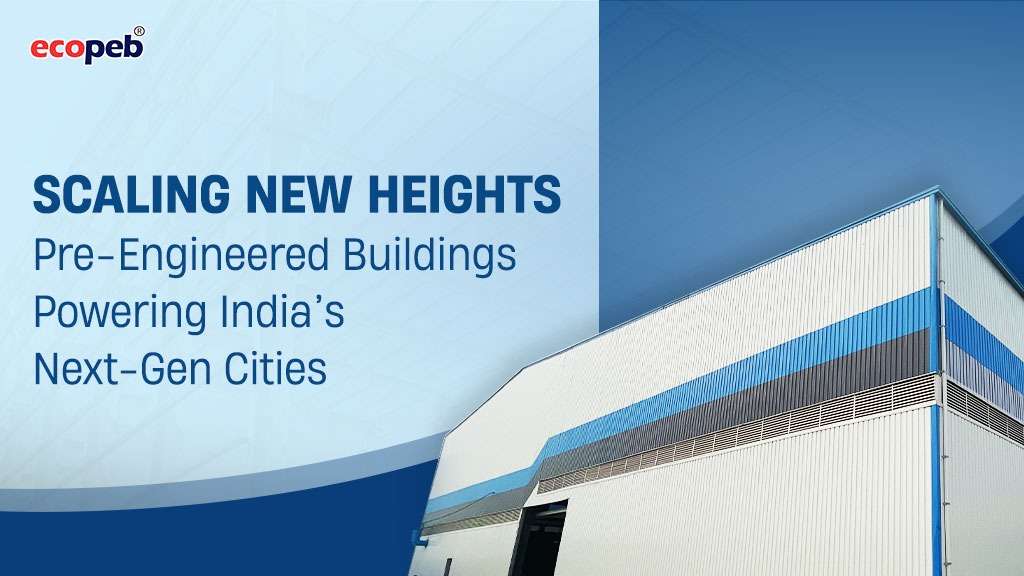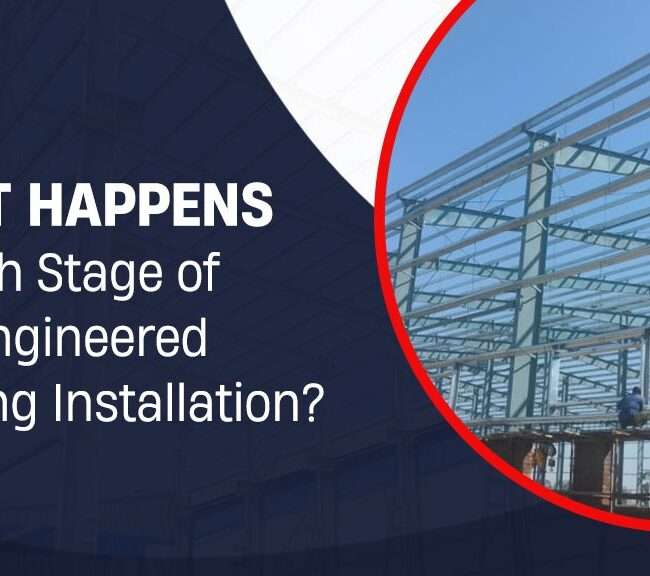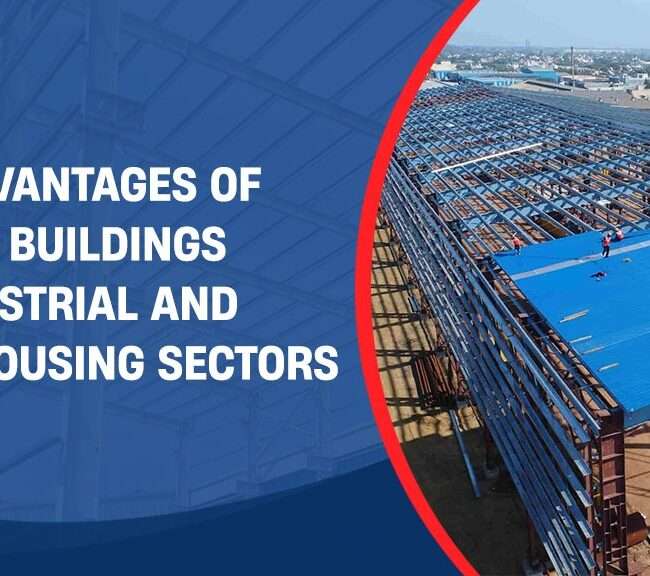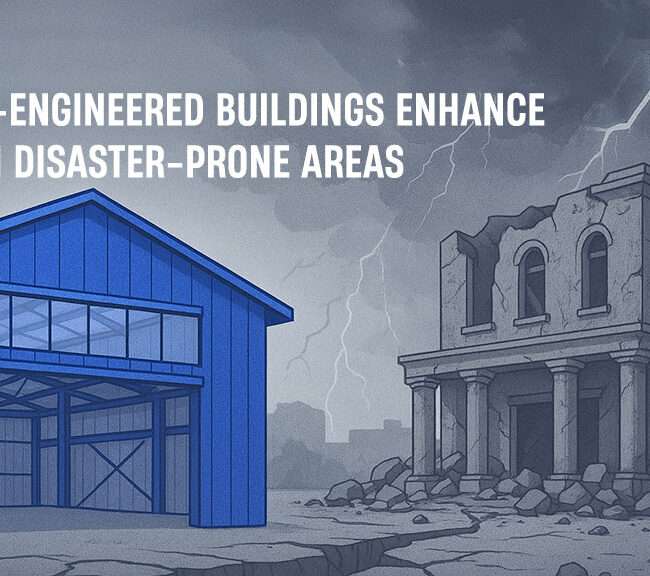India’s urban transformation is no longer limited to megacities. Tier 2 and Tier 3 cities are fast emerging as engines of economic growth and industrial development. To support this rapid expansion, urban planners and developers are embracing Pre Engineered Buildings (PEBs)—a future-ready solution offering speed, sustainability, and scalability. These modular structures are redefining how infrastructure is built, especially in the heartlands of India where agility and cost-efficiency are key.

In this blog, we explore how PEBs are revolutionizing infrastructure development in India’s next-gen cities, the benefits they offer over conventional construction, and why they are crucial for meeting the aspirations of a growing urban population.
1. The Rise of Tier 2 and Tier 3 Cities in India
As India’s metros reach saturation, the focus has shifted toward Tier 2 and Tier 3 cities like Indore, Surat, Kochi, Nagpur, Dehradun, and others. Backed by government initiatives such as Smart Cities Mission and Atmanirbhar Bharat, these cities are witnessing:
- Increased industrial activity
- IT and startup ecosystem growth
- Improved connectivity and logistics
- Expanding educational and healthcare infrastructure
To support this growth, there is an urgent demand for flexible and rapid construction solutions. That’s where PEBs step in as a transformative force.
2. Why Pre Engineered Buildings Are the Game-Changer
Pre Engineered Buildings are factory-fabricated, custom-designed steel structures that are assembled on-site. Unlike traditional construction, which can take years, PEBs can be completed in a matter of weeks. They are especially useful for:
- Warehouses
- Industrial sheds
- Office spaces
- Educational institutions
- Commercial buildings
Here’s a quick look at how PEBs compare with conventional buildings:
| Feature | Pre-Engineered Buildings (PEBs) | Conventional Construction |
| Construction Speed | Fast (30–60% faster) | Slow and time-consuming |
| Cost Efficiency | Lower overall cost | Higher due to labor/material waste |
| Material Usage | Optimized with minimal waste | Overuse and on-site waste |
| Design Flexibility | High customization possible | Limited due to manual process |
| Sustainability | Eco-friendly, recyclable materials | Not environmentally optimized |
| Maintenance | Low | High over time |
| Quality Control | High (factory-standard production) | Varies with on-site conditions |
3. Advantages of PEBs for Urban Development
PEBs offer multiple advantages that make them ideal for India’s rapidly growing cities:
a. Speedy Deployment
Time is money in urban development. With pre-fabrication and on-site assembly, PEBs reduce construction time by over 50%. This ensures that essential infrastructure—like hospitals, logistics hubs, and schools—can go live faster.
b. Customizable and Scalable
PEBs can be designed to suit varied applications and expanded as the need grows. Whether you’re building a 10,000 sq. ft. warehouse or a multi-storey commercial hub, PEBs can be scaled seamlessly.
c. Resilient and Durable
Engineered with precision, PEBs are resistant to seismic activity, wind loads, and corrosion, making them ideal for diverse Indian terrains and climatic zones.
d. Sustainability-Focused
PEBs are made using recyclable steel and generate less construction waste. Their thermal efficiency reduces long-term energy consumption, supporting India’s green building goals.
4. PEBs in Action: Powering India’s Infrastructure Boom
Across India, PEBs are enabling the growth of industries, logistics parks, and educational institutions in cities that were once off the development radar. Examples include:
- Logistics Hubs in Bhiwandi and Nagpur using PEBs for quick warehouse construction
- Agro-processing plants in Ludhiana and Coimbatore with modular steel structures
- Skill development centers in Jharkhand and Odisha built using PEBs under CSR initiatives
- Retail and commercial complexes in Raipur and Vijayawada utilizing modern PEB designs
PEBs are not just changing skylines—they’re accelerating economic inclusion by empowering smaller cities to become self-sustaining hubs.
As India aims to become a $5 trillion economy, the role of Tier 2 and Tier 3 cities will be crucial. Pre Engineered Buildings offer the right blend of efficiency, affordability, and future-readiness to meet the infrastructure demands of these next-gen cities.
By adopting PEB technology, developers, industries, and governments can build smarter, faster, and greener, setting the stage for inclusive growth across the nation.







